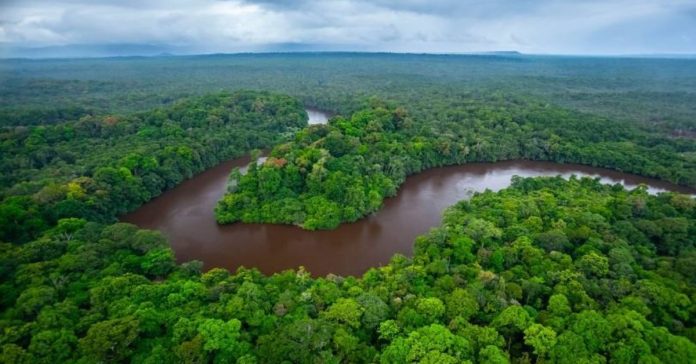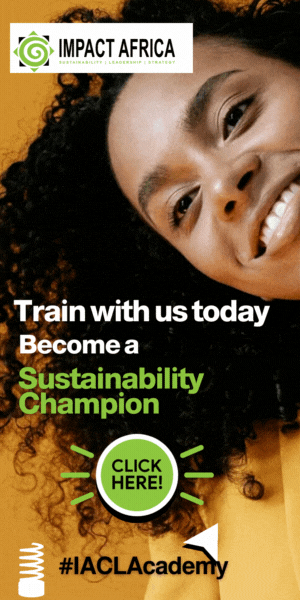As the world moves from pledges to delivery ahead of COP30, a new United Nations roadmap has set the clearest financial target yet for global climate action: mobilizing at least $1.3 trillion annually by 2035 for developing countries. Released by the UN Framework Convention on Climate Change (UNFCCC), The Baku to Belém Roadmap to 1.3T outlines how international financial systems must reform to meet the climate and development needs of the Global South. For Africa, which currently receives only 18 percent of global external climate flows, the roadmap is both a wake-up call and a potential lifeline.
The report positions climate finance not as a discretionary tool but as the foundation of a global economic restructuring. It builds on the findings of the Paris Agreement’s first Global Stock take and establishes a structured framework built around five “Rs”: Replenishing, Rebalancing, Rechanneling, Revamping, and Reshaping the world’s finance architecture. Each R represents a systemic reform, from mobilizing new concessional funds and lowering the cost of capital, to aligning private investment with climate goals and integrating debt relief into resilience-building.

The African continent faces an annual climate finance gap exceeding $250 billion, with losses from extreme weather, droughts and floods rising sharply. The roadmap acknowledges that while developing countries collectively attracted around $196 billion in climate finance in 2023, that figure needs to increase more than sixfold within a decade to stay aligned with the 1.5°C pathway.
The challenge is not only about volume, but also about access. Most African governments still rely on expensive commercial borrowing, and high debt servicing costs have eroded fiscal space for climate investment.
The UNFCCC report frames this as an issue of systemic inequality. African countries are paying some of the world’s highest borrowing rates for green projects, often between 10 and 20 percent, compared to near-zero rates in Europe. The roadmap’s “Rebalancing” principle calls for restructured global lending terms, expansion of concessional financing, and targeted reforms within multilateral development banks to channel low-cost capital toward high-vulnerability economies. Without such measures, the report warns, the 1.3T target will remain theoretical.
Beyond the macroeconomic arguments, the roadmap breaks new ground by linking financial reform to measurable development outcomes. It identifies sectors where scaled financing can produce both mitigation and adaptation gains: renewable energy, nature-based solutions, water infrastructure, food systems and sustainable cities.
For Africa, this aligns with the continent’s priority sectors under the African Union’s Climate Strategy and Agenda 2063. The report estimates that meeting these needs will require $3.2 trillion globally by 2035, of which at least a quarter should be directed toward Africa if it is to achieve just and inclusive growth.
The roadmap’s analysis also underscores a persistent structural weakness: the lack of bankable, well-prepared climate projects in developing economies. Many African nations face challenges in converting plans into fundable investments due to fragmented policy frameworks, inconsistent data, and limited technical capacity.
The document calls for a rapid expansion of national “project preparation facilities” to create pipelines ready for financing from the Green Climate Fund, regional development banks and private investors.
In essence, the UN’s position is that global financial reform must be paired with domestic readiness. Africa’s climate opportunity lies not in waiting for global systems to change, but in aligning national institutions with the new architecture now being defined. The roadmap recommends that governments integrate climate finance strategies into their national budgets, improve transparency in climate expenditure, and strengthen partnerships between finance and environment ministries, steps that can make African countries credible destinations for incoming green capital.
The roadmap’s quantitative goals are ambitious, but the scale of the challenge leaves little alternative. By 2030, more than 110 million Africans could be pushed into poverty due to climate shocks if investment remains stagnant. The document’s “Reshaping” agenda proposes fiscal innovations, including carbon pricing, debt swaps, and sovereign green bond frameworks, as practical tools to unlock capital for adaptation and resilience.
Several African countries are already testing these models. Kenya, Ghana, and Nigeria have issued sovereign green bonds; Gabon’s debt-for-nature swap in 2023 freed $163 million for conservation; and the African Development Bank’s Adaptation Benefit Mechanism is expanding project-based crediting across East and West Africa.
Read also: ICMA backs Climate Transition Bond Guidelines to unlock $6 trillion sustainable finance for Africa
However, the roadmap does not ignore political realities. It acknowledges “pledge fatigue”, the growing gap between announced commitments and actual disbursements. Only about $83 billion of the earlier $100 billion annual climate finance promise materialized by 2023, and much of that came as loans rather than grants. The UNFCCC warns that the credibility of future climate diplomacy will depend on breaking this cycle. In Africa, that means ensuring that the coming wave of financial reforms translates into tangible, predictable flows that reach communities, not just balance sheets.
In framing the next phase of climate finance, The Baku to Belém Roadmap effectively sets the agenda for COP30 and beyond. It calls for measurable outcomes by 2027 and 2030, including expanded concessional capital pools, harmonized debt relief mechanisms, and verified increases in adaptation funding.
Its message to Africa is direct: build the policy and institutional scaffolding now, and the flows will follow.
Engage with us on LinkedIn: Africa Sustainability Matters





